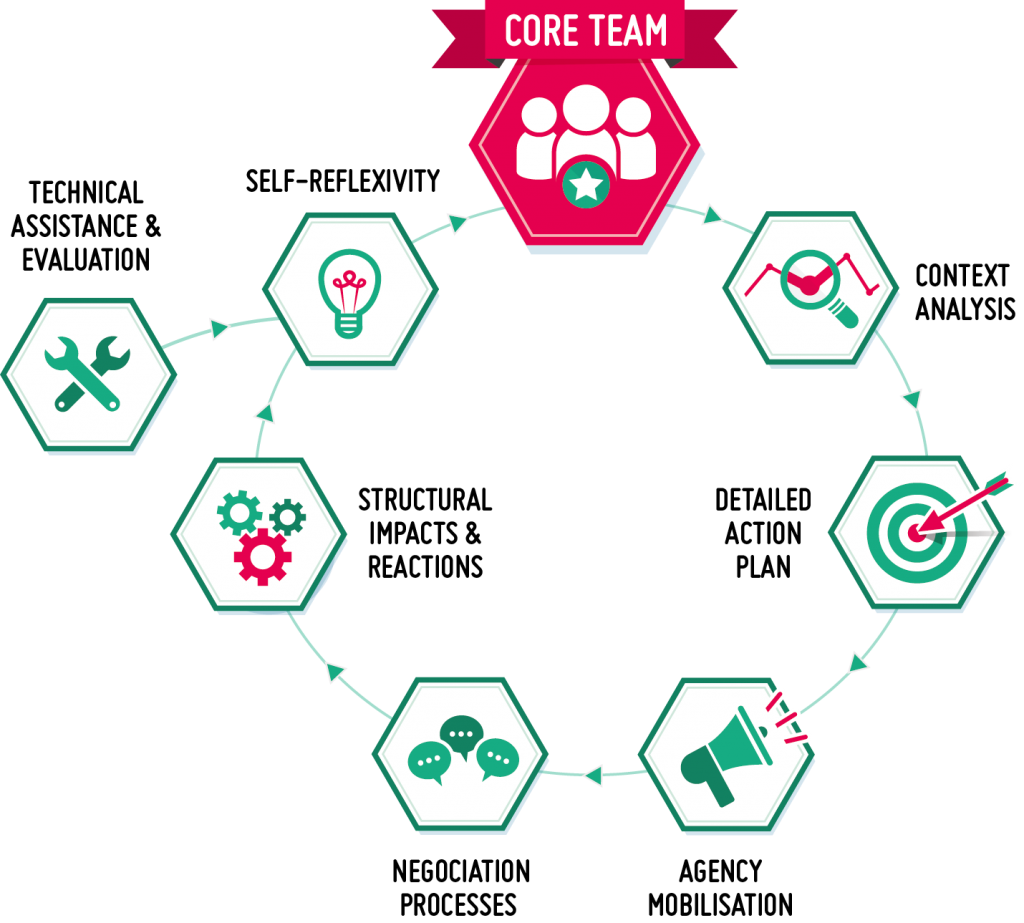STARBIOS2 in a nutshell
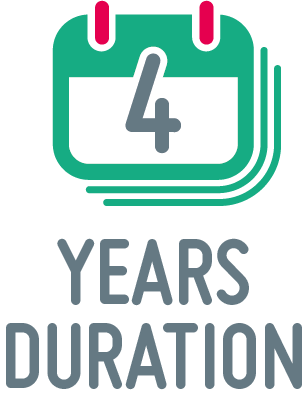
STARBIOS2 started on May 1st, 2016

Coordinated by University of Rome Tor Vergata (Italy)
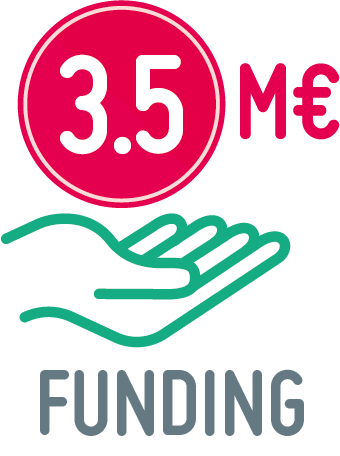
From the EU Horizon 2020 programme
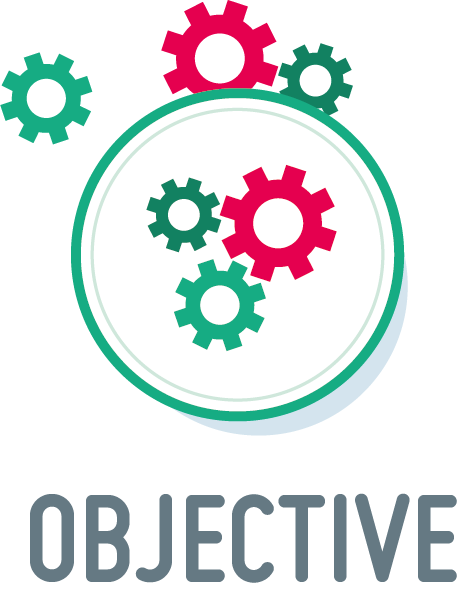
Activate RRI-oriented structural change in Biosciences institutions
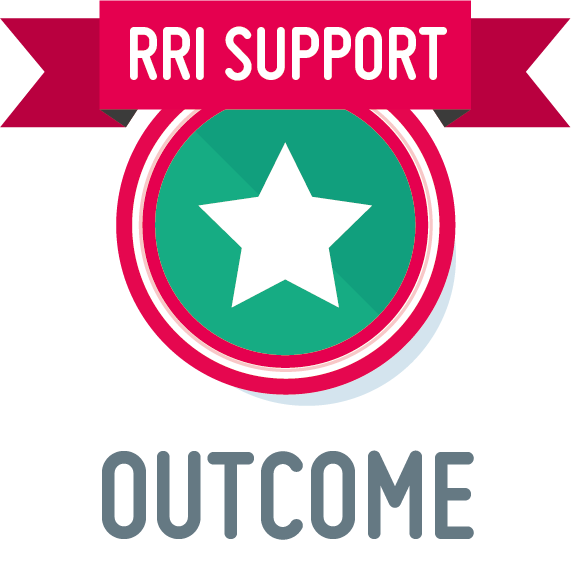
Develop guidelines/model to support RRI uptake in other research institutions
STARBIOS2 Overview
 STARBIOS2 (Structural Transformation to Attain Responsible BIOSciences) is a project funded by the European Commission’s Horizon 2020 programme. The general aim of STARBIOS2 is to contribute to the advancement of the Responsible Research and Innovation (RRI) strategy which underpins Horizon 2020.
STARBIOS2 (Structural Transformation to Attain Responsible BIOSciences) is a project funded by the European Commission’s Horizon 2020 programme. The general aim of STARBIOS2 is to contribute to the advancement of the Responsible Research and Innovation (RRI) strategy which underpins Horizon 2020.
The project will design and implement Action Plans (APs) oriented to attain RRI structural change in six institutions active in the field of biosciences. The experience produced within the APs will be used to define guidelines and develop a model aimed at supporting RRI structural change in this field in Europe and worldwide.
The strategy of STARBIOS2 is geared to cope more generally with what the European Commission sees as one of the main risks for European research, i.e. its inadequate connection with society. To tackle this issue, European research needs to better align with the needs and values of European society. This entails, from the RRI perspective, an increasing involvement of stakeholders at any level of the research and innovation process.
STARBIOS2 Interconnected Objectives
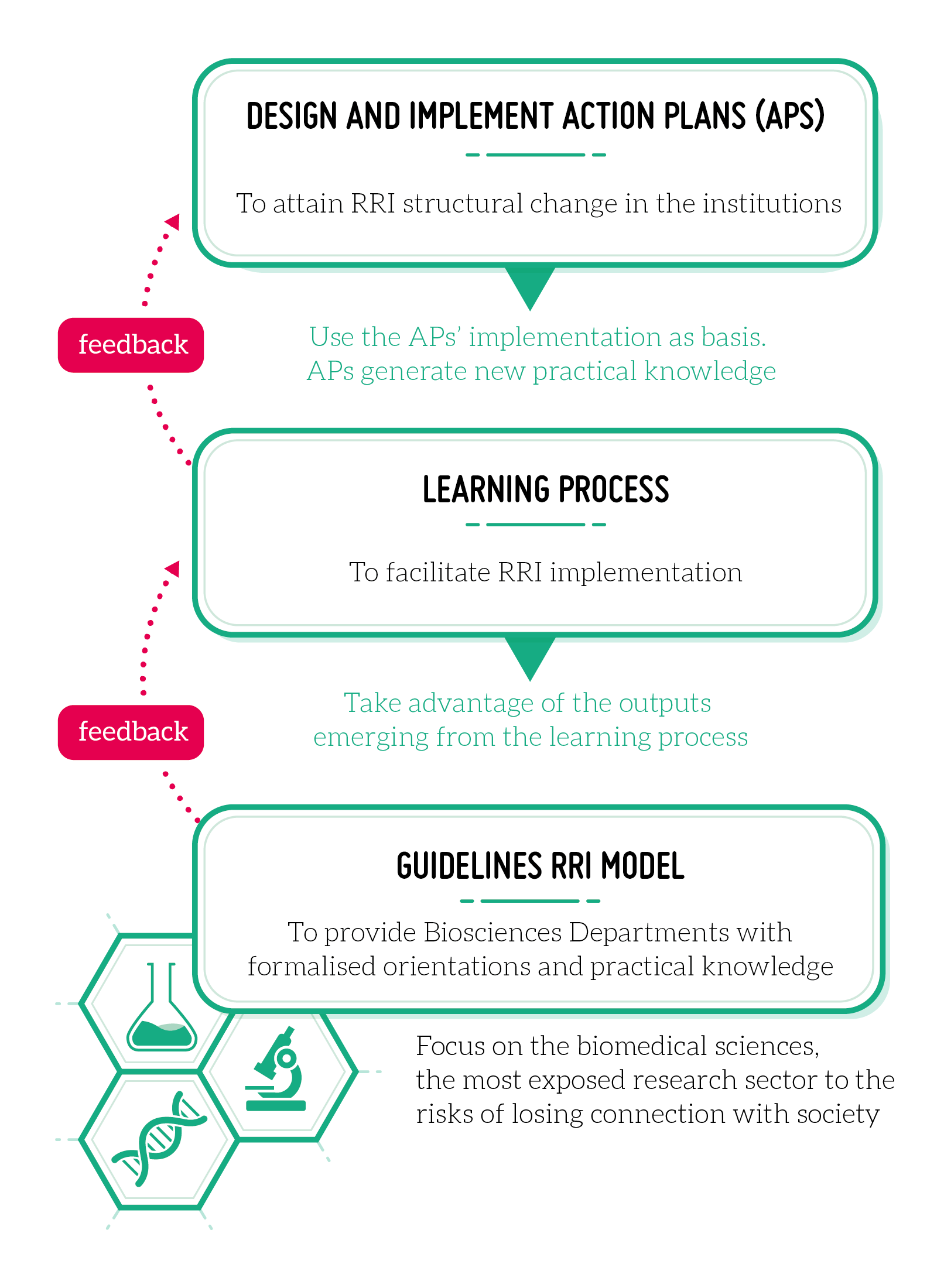
Starbios2 Milestones

4 Thematics of STARBIOS2 Concept
- Interpretation of RRI
- Relevence of the research sector
- Interpretation of Structural Change
- Activation of Structural Change
Overarching policy strategy aimed at radically increasing intensity and quality of the interactions between the European Research Area and European society. The loose connection between research and society could make European research:
- Unable to address the key problems European society is facing
- Unable to exploit its innovation and commercial potential impacts
- Socially isolated, ethically contested and not supported by citizens, public authorities and economic players
RRI is aimed at changing the state of things directly acting on research institutions, with respect to the 5 key issues. For the first time, such key issues are included in a unique perspective and viewed as part of a unique strategy.




 The first priority objective of STARBIOS2 is to profoundly embed the approach and practices of RRI in six research departments of bioscience of six institutions, all based in EC member states (Italy, Germany, Slovenia, Bulgaria, Poland and the UK).
The first priority objective of STARBIOS2 is to profoundly embed the approach and practices of RRI in six research departments of bioscience of six institutions, all based in EC member states (Italy, Germany, Slovenia, Bulgaria, Poland and the UK).
 The second specific objective is that of using the implementation of the AP as a basis for activating a learning process on RRI-oriented structural change. This learning process is a way for better understanding and capitalizing the main results emerging from the AP for communicating, disseminating the policy of the structural change for RRI and also for scaling up.
The second specific objective is that of using the implementation of the AP as a basis for activating a learning process on RRI-oriented structural change. This learning process is a way for better understanding and capitalizing the main results emerging from the AP for communicating, disseminating the policy of the structural change for RRI and also for scaling up.
 The third specific objective of STARBIOS2 is to develop a RRI model for biomedical sciences. Intentionally, STARBIOS2 involves only institutions specialized in biomedical sciences. This choice derives from the recognition of this research sector as one of the most exposed to the risks of a loose connection between scientific research and society, and therefore one where RRI-oriented actions are needed the most.
The third specific objective of STARBIOS2 is to develop a RRI model for biomedical sciences. Intentionally, STARBIOS2 involves only institutions specialized in biomedical sciences. This choice derives from the recognition of this research sector as one of the most exposed to the risks of a loose connection between scientific research and society, and therefore one where RRI-oriented actions are needed the most.
